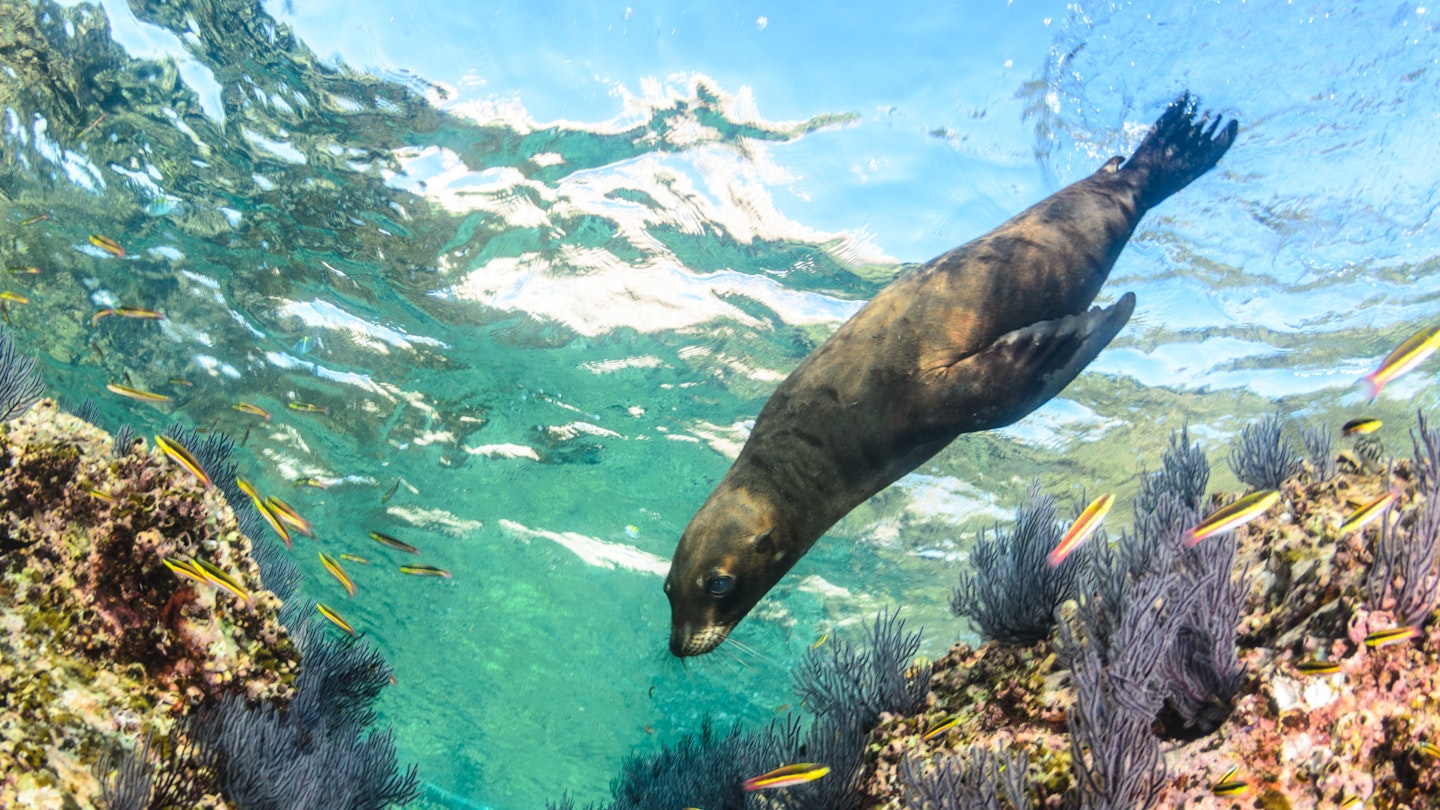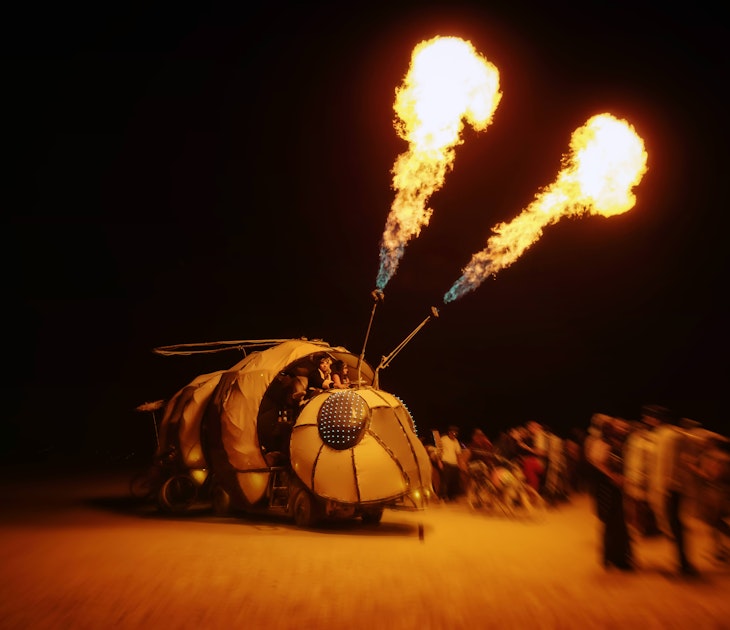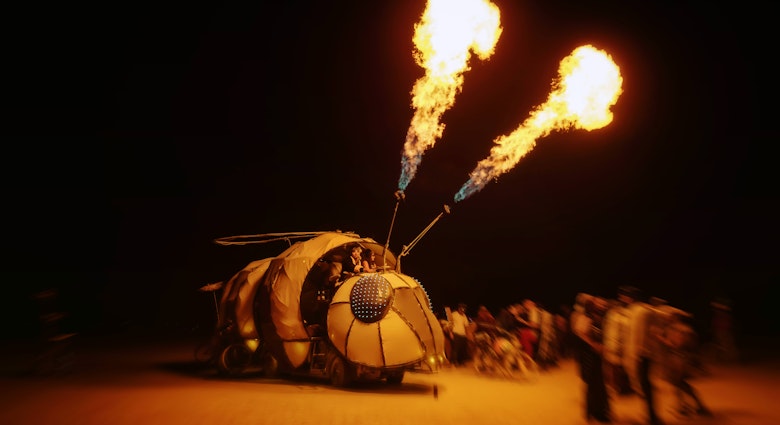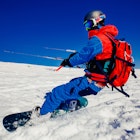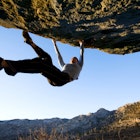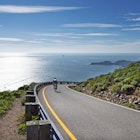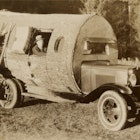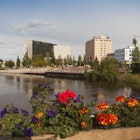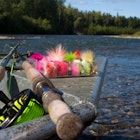When you think of national parks, you might envision mountain hikes, scenic drives, and desert sunsets surrounded by bison, bears and birds. But at some national parks, you’ll find incredible "trails" under water, where the flora and fauna are as spectacular as anything you’ll see on land.
Several of America’s national parks are obvious choices for scuba diving. Visitors regularly explore Dry Tortugas’ vibrant reefs, Biscayne’s subtropical wetlands, American Samoa’s volcanic coral gardens, Channel Islands’ sea lions and elephant seals, and the warm, clear waters of the Virgin Islands National Park. However, these lesser-known dive destinations often offer lower prices and fewer crowds.
Editor's note: during COVID-19 there may be additional travel restrictions. Check the latest guidance before planning a trip, and always follow local government health advice.
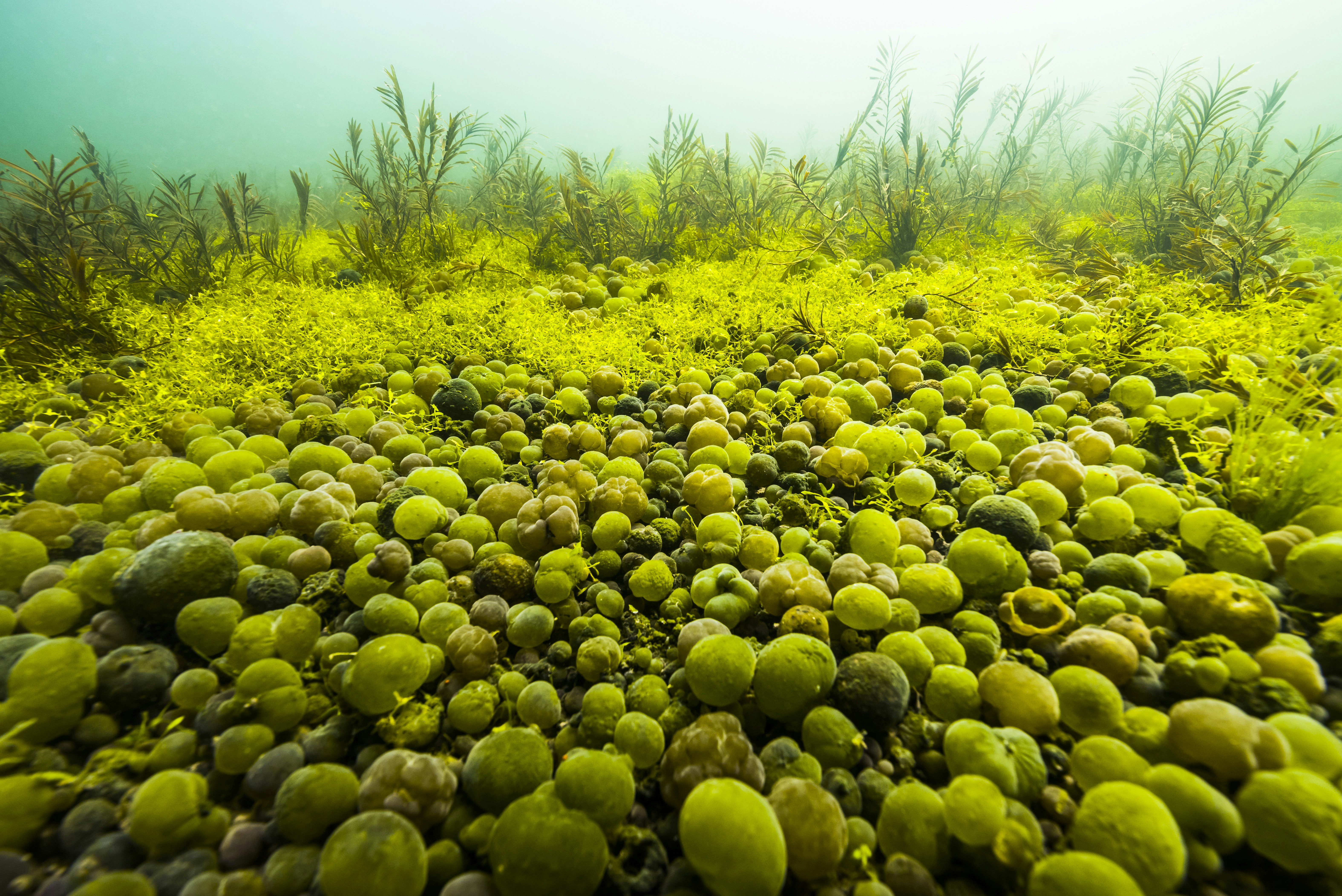
Yellowstone National Park
Majestic geysers shooting from the earth are Yellowstone National Park’s claim to fame. But did you know you can experience these geothermal features from an underwater vantage point?
At 390ft (119 m) deep and 125 square miles (324 km) in size, Yellowstone Lake is one of the world’s largest high-altitude lakes, and water temperatures range from drysuit-cold to scalding hot as vertical spires erupt toward the surface. Popular dive sites include West Thumb Geyser Basin, Firehole River at Mystic Falls, and vast fields of rising geothermic gas bubbles at Mary Bay that divers describe as "swimming through champagne."
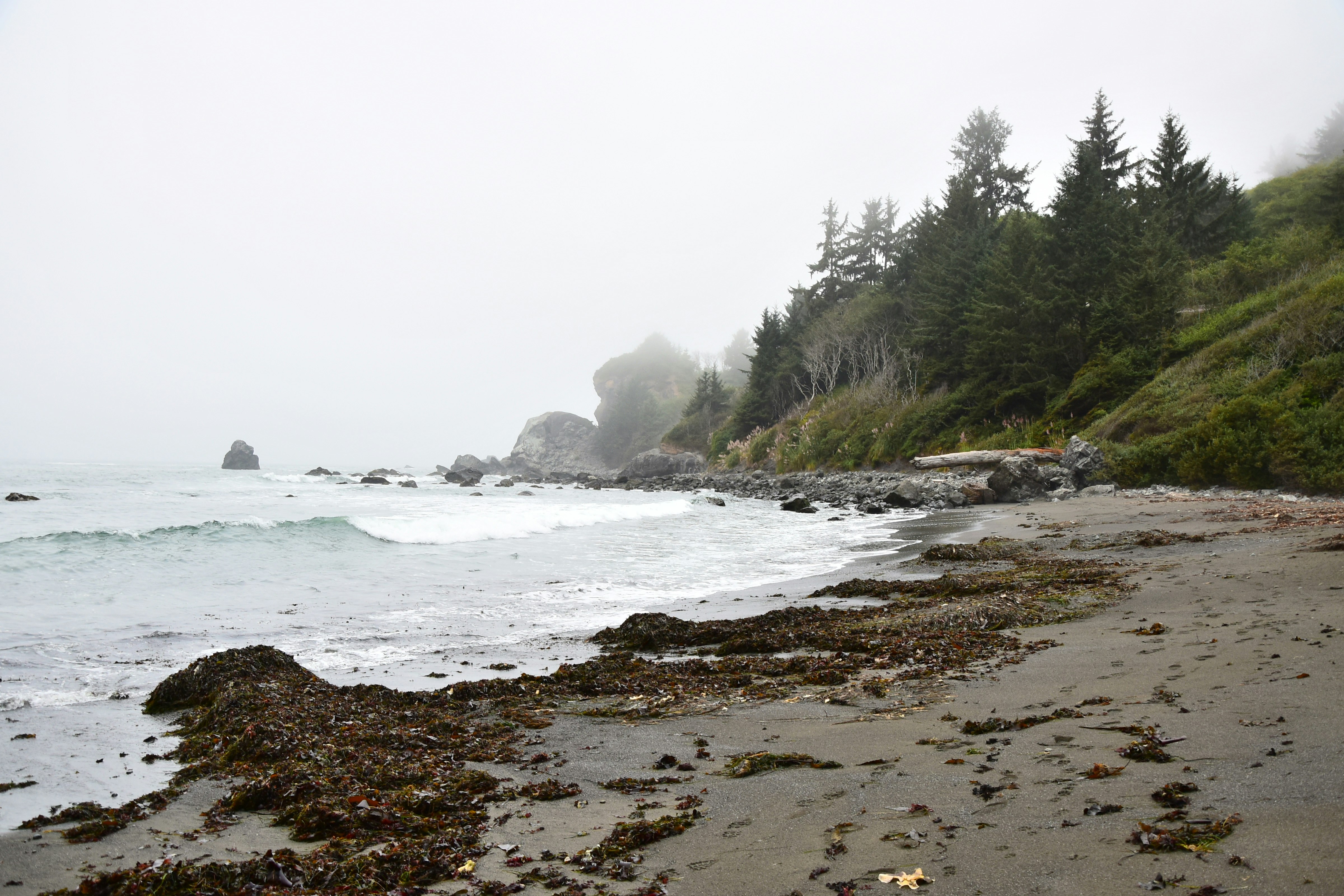
Redwood Forest National Park
Tall Trees Grove is a bucket-list hike for many people, but if you choose to look down rather than up, Redwood Forest National Park has other treats in store. Head to the pristine shoreline of Gold Bluffs Beach, then take a dive boat three miles out to Reading Rock. Its underwater walls and ledges offer the best diving in the park, where you’re likely to encounter sea lions and may even spot a shark. Redwood’s Wilson Creek Beach has easy shore diving on calm water days, and Smith River provides freshwater diving in an underwater gorge.

Glacier Bay National Park
Getting an avalanche report isn’t usually on the prep list for a dive trip. However, Glacier Bay National Park’s snowy surrounds are just as breathtaking below the surface. You might think a summertime dive trip could offer warmer water and extended visibility in Alaska’s 20 hours of daylight, but that’s also when algae blooms can block the view.
Instead, plan an excursion in mid-May to June or September through October to see the most abundant marine life. You’ll come face-to-face with rockfish and halibut at Libby Island, anemones and nudibranchs at The Laundry, and sea lions at Graves Rocks. But the real star of Glacier Bay diving is South Marble Island. Huge white-plumed anemones wave at vibrant starfish, tube worms, triton snails and crabs, which are visited by pods of humpback whales.
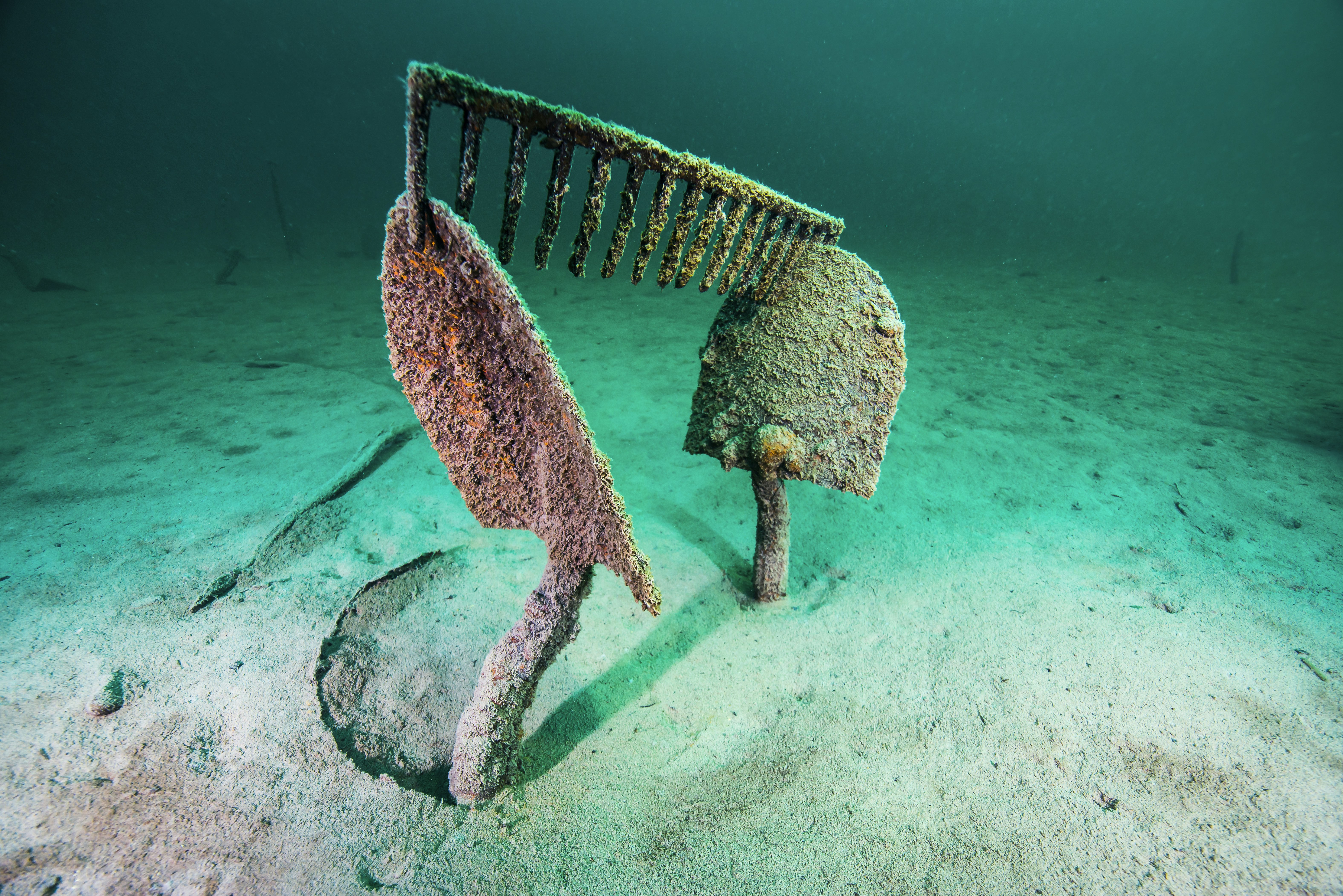
Glacier National Park
Montana’s Glacier National Park is often confused with Alaska’s Glacier Bay National Park, but they share one thing: both offer surprising scuba diving. Glacier’s Lake McDonald is home to a surreal underwater still life at the Lake Treasures dive site, where old farm implements eerily sprout from the sand near a dock sunk a century ago. You can also "hike" through an underwater forest at Sprague Creek and "sail" the Gertrude, a 100ft stern paddle-wheeler scuttled in 1918 in Upper Waterton Lake.

Apostle Islands National Seashore
Six poorly-constructed lighthouses from the 19th century have resulted in some terrific present-day wreck diving at Apostle Islands National Seashore. Pick up a permit at park headquarters in Bayfield, Wisconsin, before exploring the 22 islands of the archipelago. You can charter a dive boat for any site, but it’s also possible to DIY-dive Apostle Islands from a kayak if you’d like to take things at your own pace. The Lucerne, a 195ft schooner that sank in 1886, and the Sevona, a 373ft bulk freighter sunk in 1905, sit in only 20 to 25ft of water and are perfect sites to splash from a small watercraft. Just remember to bring your diver down flag!

Grand Teton National Park
A short, 18-minute drive north of popular Jackson Hole, Wyoming, brings you to Jenny Lake. This quiet spot in Grand Teton National Park was popular with divers in the 1980s but practically disappeared from dive maps with the dawn of the new millennium. Add it to your list for crystal-clear water, a submerged stand of ancient trees, and plenty of trout, sculpins, suckers and chub. You can fill your air tanks and rent a canoe at Grand Teton’s boating center, then don your wetsuit and enjoy this natural lake’s tranquil atmosphere.
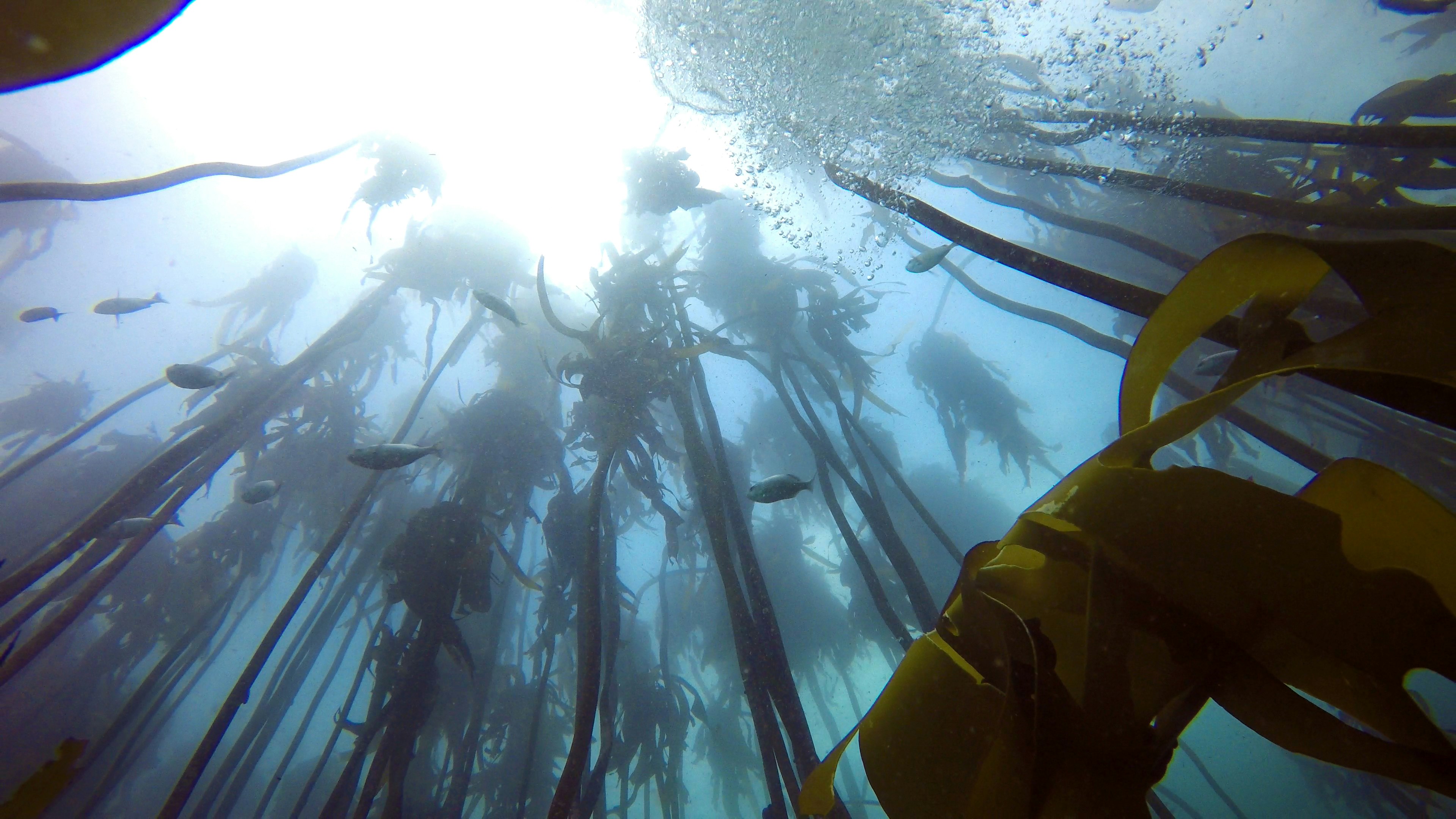
Olympic National Park
Olympic National Park has one of the planet’s few temperate rainforests and several national wildlife refuges. While the latter are off-limits to visitors, the surrounding waters are brimming with marine life and dotted with dive sites ranging from shore entries to deep water wrecks. Located near Puget Sound, the naturally-formed Hood Canal is nearly current-free and filled with anemones, wolf eels and orca. Follow that saltwater dive with a freshwater dip in Lake Crescent, with its 150ft visibility that reveals huge crayfish and freshwater sculpins. This is also the only way to rinse off the salt, since the park doesn’t provide running water.

Acadia National Park
Looking for a truly challenging dive destination? Look no further than Acadia National Park. The extreme tides, rough seas, and cold Maine water are best left to advanced divers, but those who brave them will be rewarded with an almost infinite number of boat dive sites that have been 500 million years in the making.
Moray eels, schools of copper sweepers, and radiant red sponges make for colorful sightseeing at Little Hunters Beach, and Seawall is a good spot for both scuba diving and snorkeling. If you’ve ever wanted to name a new dive site, grab a compressor and head for the remote waters of Acadia’s Schoodic Peninsula. You’ll find kelp beds, a pebble berm, and plenty of steep walls and drop-offs teeming with marine life – but you won’t find many other divers.
